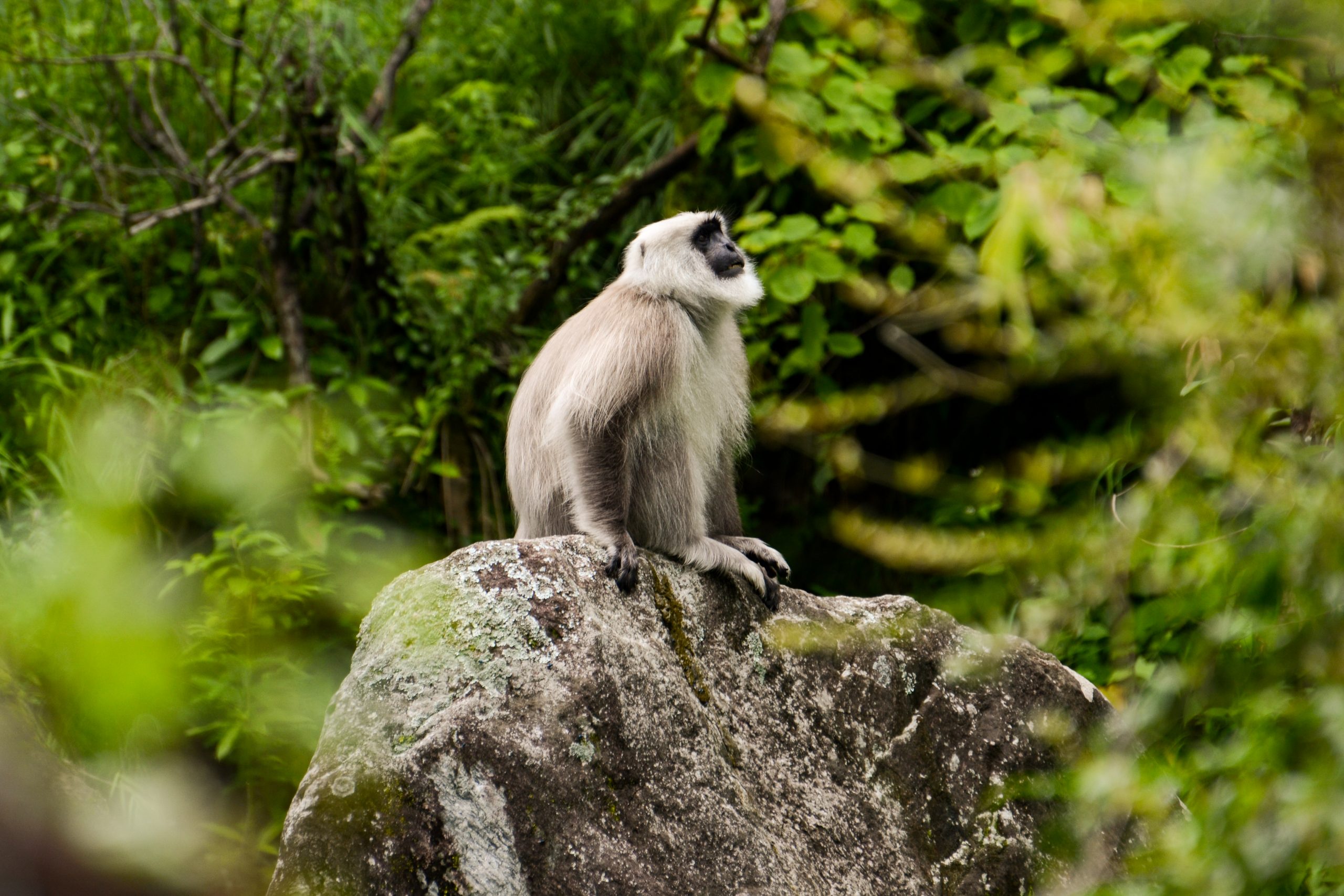Image Description: Himalayan langurs are part of a large species complex of Hanuman Langurs that are spread across the Indian subcontinent. They occupy some of the highest altitude areas in the world for a primate species. They form an important part of local folklore and religion in the Indian subcontinent. These majestic animals are found across the Himalayan belt, and mainly reside in the vast Oak forests. They are equally adapted to living in temperate high-altitude habitats largely composed of conifer trees. They are similarly adapted to living in the cities and urban areas. My research centers around their navigational abilities in their natural environment, especially when their natural habitat is constantly modified by human impact, bringing them in increasing contact with the humans and their crops.
Why did you conduct this research? My first experience with the Himalayan Langurs came in 2018 when I studied the trees and places they used to sleep for the night. I soon realized that I was able to predict their path for the day based on the sleeping site they choose for the night. It made me curious to understand the overall process that guides this movement, do they use a mind map like humans do? I am broadly interested in their movement ecology to aid in the conservation of their habitat because during their daily movement, these animals come in contact with crop fields and feral dogs, which pose a risk to their survival.
Technique: I used a Nikon D3100 camera and the 70-300mm zoom lens to click this photograph. I also use the camera and zoom lens to reduce our interaction with the animal while documenting their daily life from a distance without observer interference.
Acknowledgements: I would like to acknowledge the American Society of Primatologists and INLAKS Ravi Sankaran Foundation for their support in the form of grants, and University of Toronto for their Pilot Research fellowship. I would like to acknowledge the support of Prof. Julie Teichroeb and Dr. Himani Nautiyal for their support during this research.

